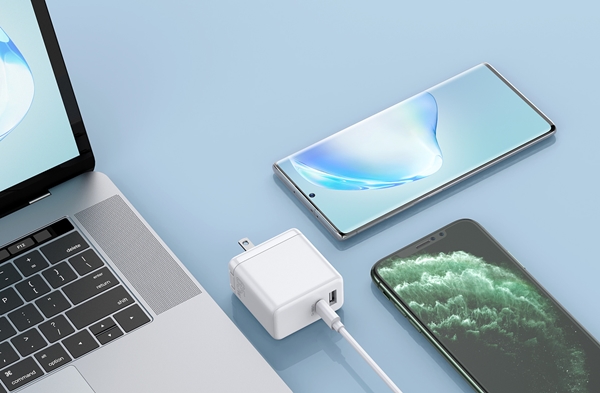
With the rapid development of 5G, IoT, and smart homes, users' demand for fast charging technology is increasing day by day. Type-C fast charging technology not only supports high-power output, but also integrates functions such as data transmission and video output, further promoting the popularity of cross protocol fast charging.
3. Combination of wireless charging and wired fast charging
In the future, cross protocol fast charging may be combined with wireless charging technology to provide users with a more convenient charging experience. For example, wired fast charging can be achieved through the Type-C interface, while supporting wireless charging function to meet the charging needs in different scenarios.
The challenge of achieving cross protocol fast charging
1. Technical compatibility issues
There are significant technological differences between different charging protocols, and achieving full compatibility still faces certain challenges. For example, certain proprietary protocols (such as Huawei FCP) may not be fully open, resulting in limited compatibility for cross protocol fast charging.
2. Market benefit distribution
The patents and standards of fast charging technology involve multiple interests, and brand manufacturers may be unwilling to fully open up their proprietary protocols due to market competition considerations. This issue of benefit distribution may delay the popularization of cross protocol fast charging.
3. Safety and stability
Cross protocol fast charging requires ensuring the safety and stability of the charging process. For example, issues such as overvoltage, overcurrent, and overheating may affect the lifespan and user experience of the equipment. Therefore, the design of intelligent chips and security protection mechanisms is crucial.
Future prospects
1. Technological breakthroughs and standardization
With the continuous advancement of technology, cross protocol fast charging is expected to achieve higher compatibility and efficiency. For example, by using more advanced intelligent chips and protocol conversion technology, the technological gap between different protocols can be further narrowed.
2. Green environmental protection and sustainable development
The popularization of cross protocol fast charging will reduce the waste of chargers and data cables, and promote the implementation of green environmental protection concepts. In the future, fast charging technology may pay more attention to energy-saving design and material sustainability.
3. Improvement of user experience
The ultimate goal of cross protocol fast charging is to enhance user experience. Through a unified charging solution, users can bid farewell to the troubles of multiple chargers and data cables, and enjoy a more convenient and efficient charging experience.
The implementation of cross protocol fast charging is an inevitable trend in the development of charging technology and a direction for the industry to work together. Despite facing challenges such as technological compatibility, market benefit distribution, and security, with the popularity of Type-C interfaces and advances in smart chip technology, cross protocol fast charging is expected to become a reality in the future. This will not only drive the innovation of charging technology, but also bring users a more convenient and efficient charging experience, truly bidding farewell to the troubles of multiple chargers, multiple data cables, and multiple protocols.